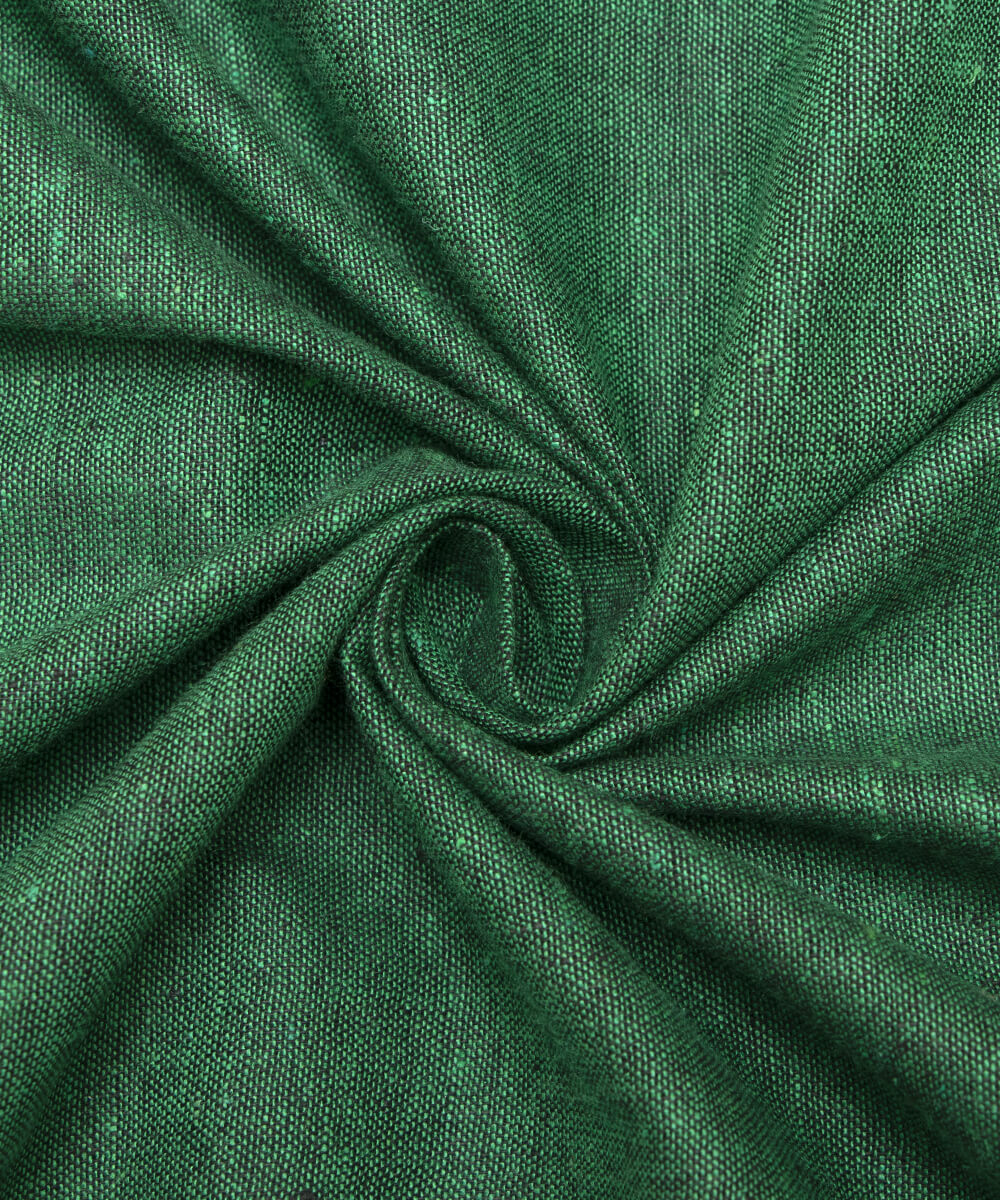
When it comes to choosing the best type of clothing material, several factors need to be considered, including comfort, durability, sustainability, and style. With a plethora of options available in the market, it can be overwhelming to determine which material is truly the best. In this comprehensive guide, we will delve into the characteristics of various clothing materials and explore the factors that make them stand out. By the end of this article, you will have a clear understanding of the best clothing material for your specific needs.
Cotton, known for its breathability and softness, has been a staple in the fashion industry for centuries. Its natural properties make it an excellent choice for everyday wear, as it allows the skin to breathe and absorbs moisture, keeping the body cool and comfortable. Additionally, cotton is easy to care for and can be machine washed, making it a practical choice for a wide range of clothing items.
For those seeking a luxurious and durable option, silk emerges as a top contender. Renowned for its lustrous appearance and smooth texture, silk is a natural protein fiber that offers exceptional comfort and elegance. While it may require delicate care, the unparalleled feel and sheen of silk make it a coveted choice for formal attire and intimate apparel.
In recent years, the demand for sustainable and eco-friendly clothing materials has surged, leading to the rise of fabrics such as organic cotton, hemp, and bamboo. Organic cotton, produced without the use of synthetic pesticides and fertilizers, reduces the environmental impact of cotton cultivation and promotes healthier farming practices. Similarly, hemp and bamboo are highly sustainable options, as they require minimal water and pesticides to thrive, making them ideal for environmentally conscious consumers.
Another notable contender in the realm of clothing materials is wool, prized for its insulating properties and resilience. Whether it's the fine merino wool or the ruggedness of traditional wool, this natural fiber provides warmth and comfort in various climates. Furthermore, wool possesses inherent moisture-wicking abilities, making it an excellent choice for outdoor activities and cold-weather garments.
In the realm of performance wear, synthetic materials like polyester and nylon have gained prominence due to their durability and moisture-wicking capabilities. These fabrics are often blended with natural fibers to enhance their performance, making them suitable for sportswear, activewear, and outdoor gear. While synthetic materials may not offer the same breathability as natural fibers, their strength and quick-drying properties make them indispensable for specific applications.
In conclusion, the best type of clothing material ultimately depends on individual preferences, intended use, and ethical considerations. Whether you prioritize comfort, sustainability, or performance, there is a diverse array of materials to choose from, each with its unique set of advantages. By understanding the characteristics of different clothing materials, you can make informed decisions that align with your values and lifestyle, ensuring that your wardrobe reflects both style and substance.





